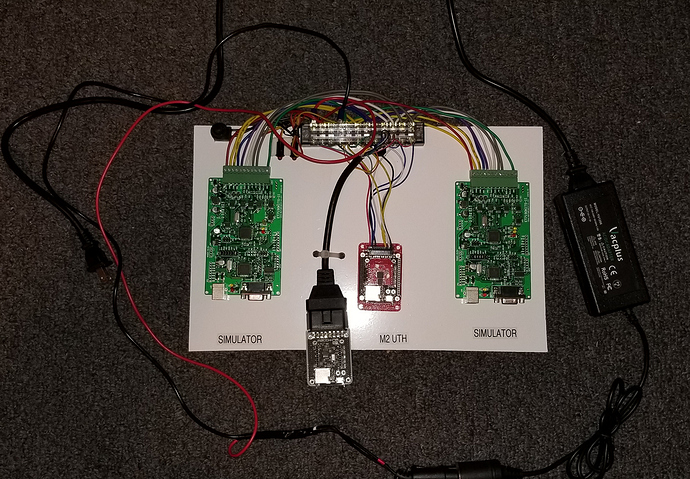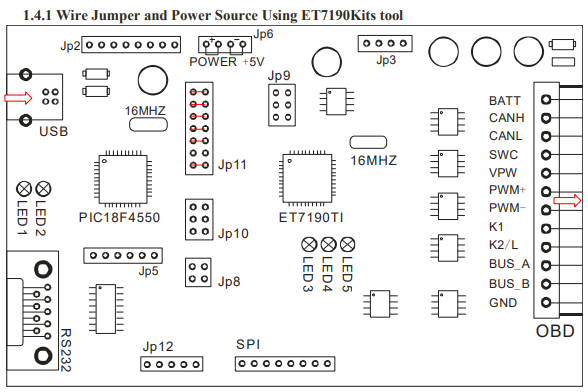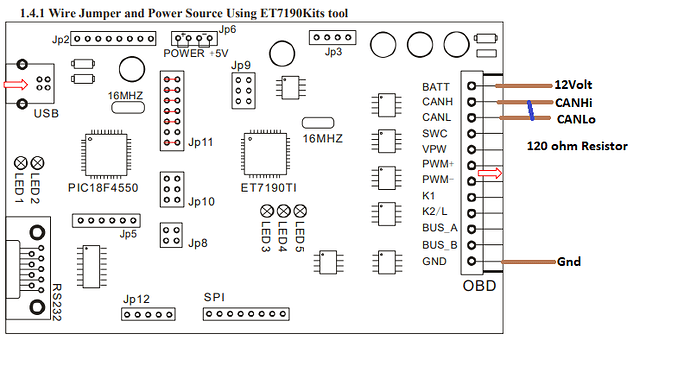A couple of recommendations here.
A 2001 vehicle is going to be a lot more limited in what you have to work with. You’re going to be better off trying to source a few head units from a junkyard from a vehicle. When working with car manufacturers to do testing of their systems, we work with a “test bench” that contains a few different components in combination with one another. We don’t have things like the wiring harness for internal lighting or anything like that; many of the test benches don’t even have the ECU. For what you want to do, however, it sounds like you’d want the ECU. The key is having enough of an ecosystem to thoroughly exercise the head unit we’re testing, or the application (or applications) that resides/reside in one of the head units.
But then you have a problem…because the ECU needs an engine to be responding to it and providing data back. You need a “stimulator” for the ECU in order to truly see how it interacts with other systems. (I assume that the point of all of this is to work on reverse-engineering/car hacking without needing a whole car.) And you’ll also probably want other things as well…like sensor bearing inputs for traction control/ABS functions.
What I’d recommend doing is setting up something like an Arduino with a Seeed CAN-Bus shield to serve as the engine. You can configure it to produce things like engine RPMs, feedback from sensor bearings…pretty much whatever you want. Set that up to be your ‘car’, and then you can build the rest of your test bed around it. If you go big, you can even get a telematics head unit for OnStar, BlueLink, UConnect, HondaConnect, etc…depending on the car manufacturer, of course…and work that in. Just be careful not to do things like send a signal that the airbags have triggered…because at that point, real people will send a real emergency response to whatever location the GPS is reporting at that moment in time 




 . I’m hoping you can get me going in the right direction.
. I’m hoping you can get me going in the right direction.
